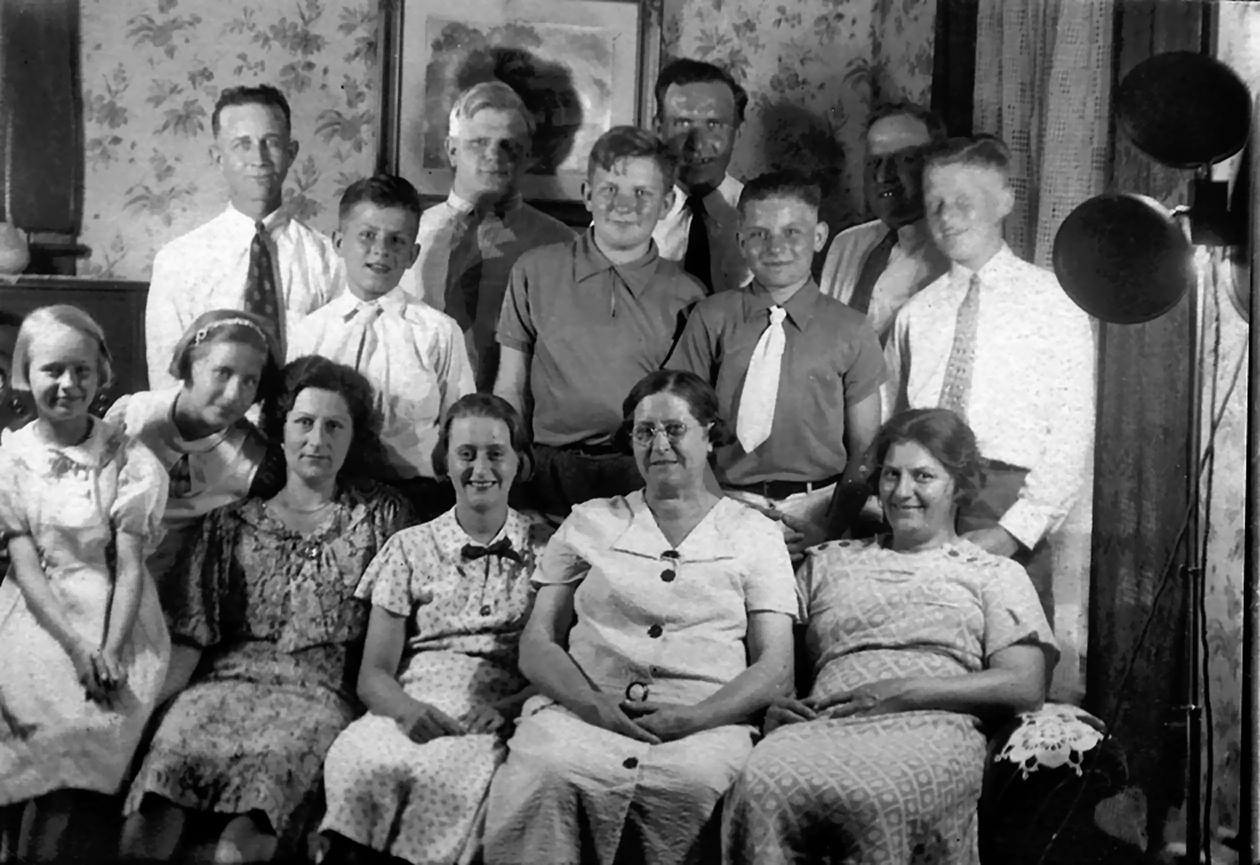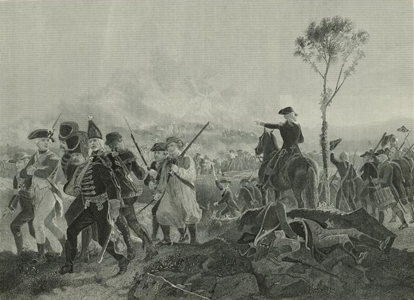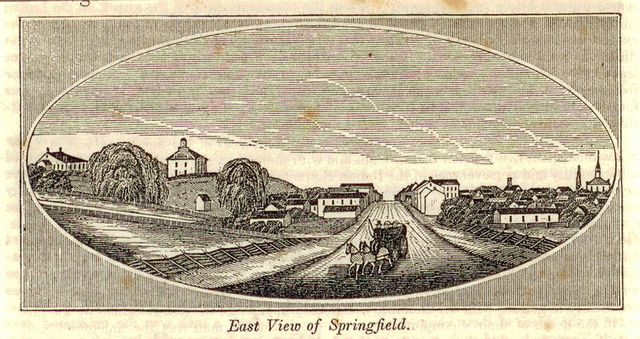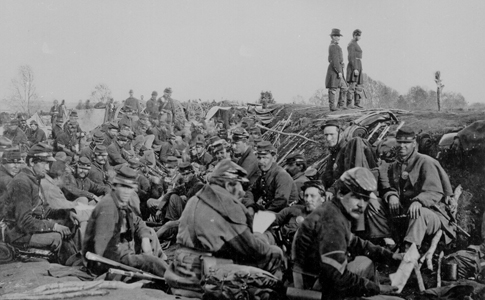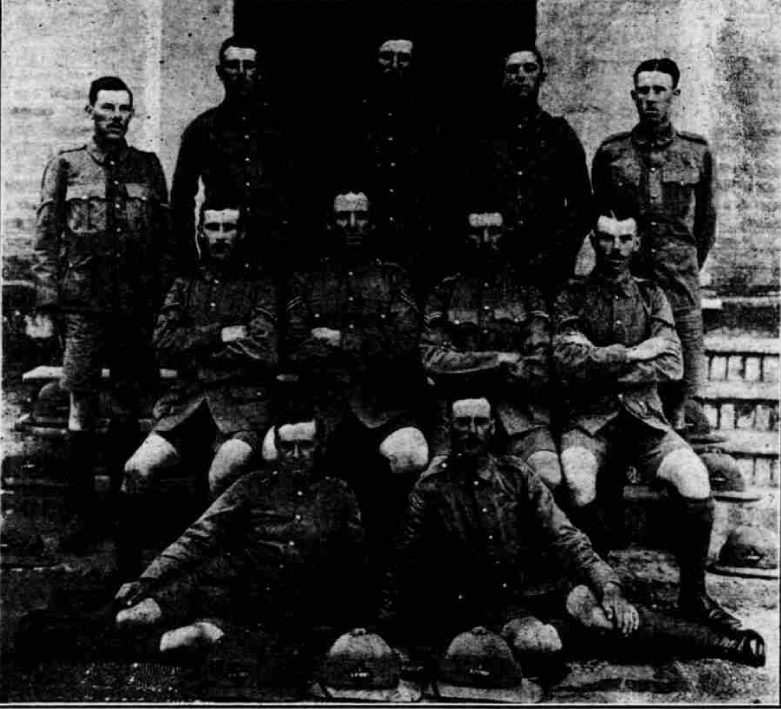The van der Moere family of Grand Rapids, Michigan and Wissenkerke, Zeeland, The Netherlands.
Jacobus van der Moere is the earliest confirmed ancestor in our line of the van der Moere family. He was a sailor or skipper by trade and lived in the town of Wissenkerke in the province of Zeeland. At the tail end of Napoleon’s occupation of the Netherlands in 1813, poorly-armed citizens of the small island of Noord-Beveland fought back the last of the French occupying troops. Surprised by the determined resistance, the French troops tried to flee back to their ships. Jacobus van der Moere was among the Dutch fighters defending Noord-Beveland. He survived a stab wound to side of his body from a Frenchman’s bayonet.

